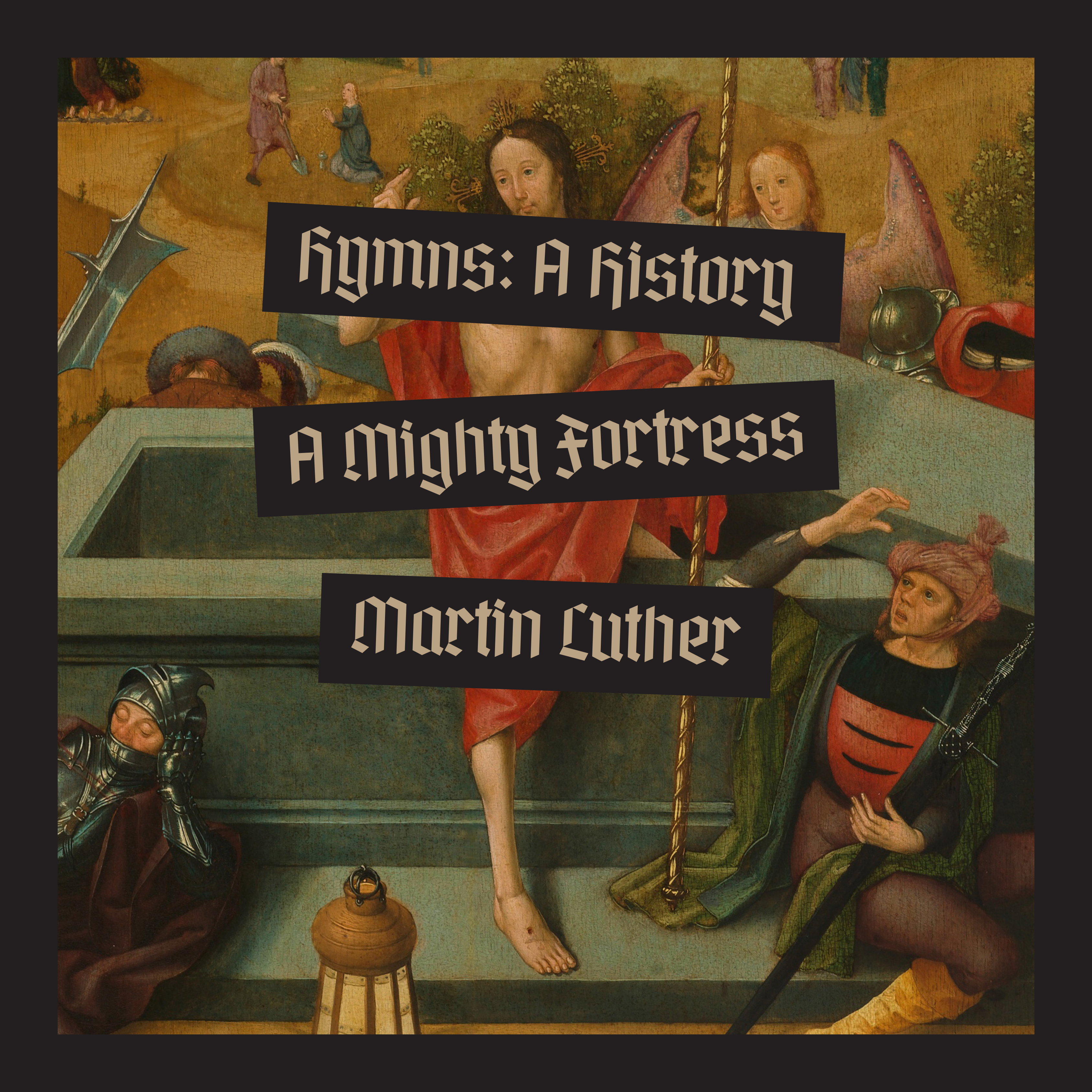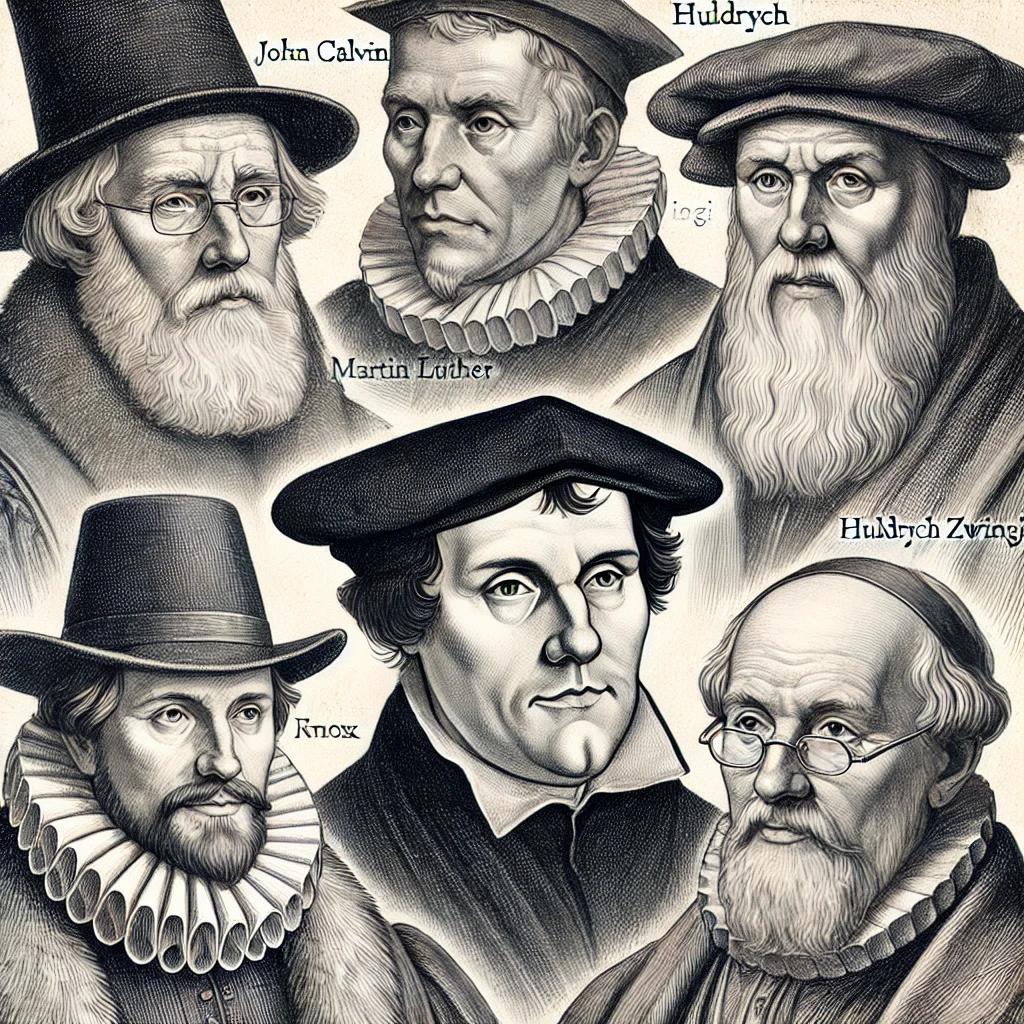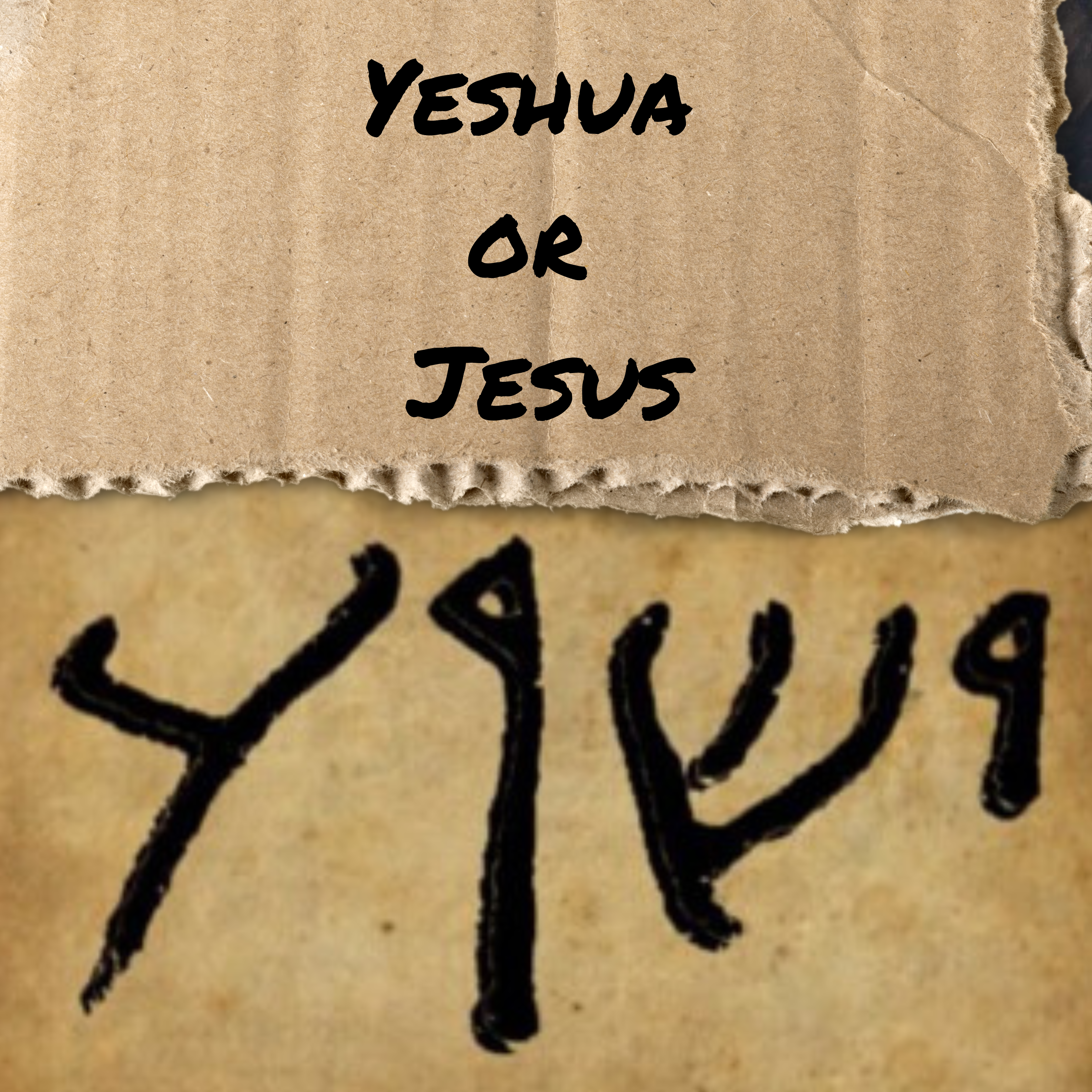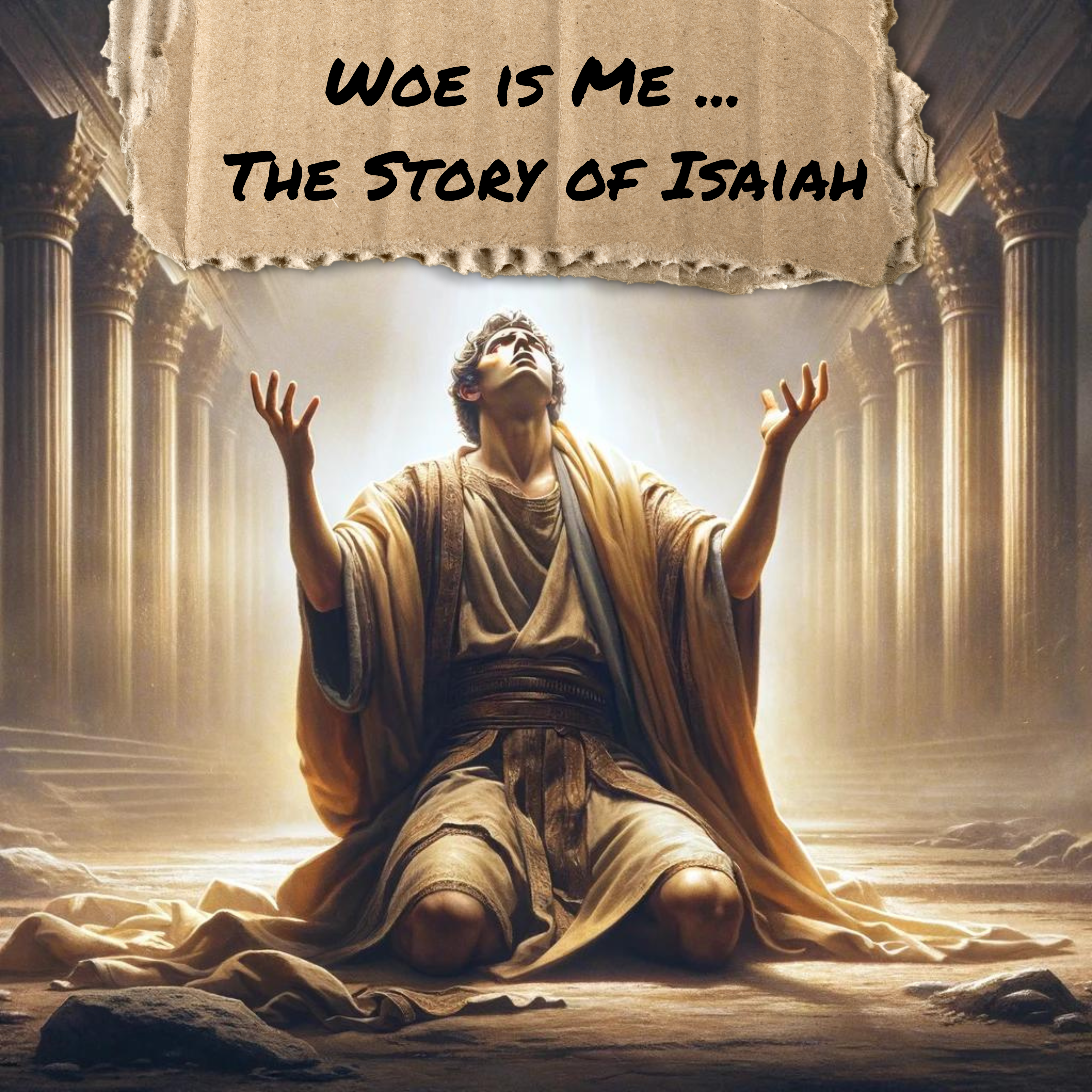
The hymn “A Mighty Fortress Is Our God” stands as a monumental piece in the corpus of Protestant hymnody, transcending its origins to become a staple of Christian worship across denominations. Its author, Martin Luther, not only ignited the Protestant Reformation with his theological propositions but also enriched its spiritual life with this enduring hymn, composed between 1527 and 1529.
Lyrics
Verse 1
A mighty fortress is our God,
a bulwark never failing;
our helper he, amid the flood
of mortal ills prevailing.
For still our ancient foe
does seek to work us woe;
his craft and power are great,
and armed with cruel hate,
on earth is not his equal.
Verse 2
Did we in our own strength confide,
our striving would be losing,
were not the right Man on our side,
the Man of God’s own choosing.
You ask who that may be?
Christ Jesus, it is he;
Lord Sabaoth his name,
from age to age the same;
and he must win the battle.
Verse 3
And though this world, with devils filled,
should threaten to undo us,
we will not fear, for God has willed
his truth to triumph through us.
The prince of darkness grim,
we tremble not for him;
his rage we can endure,
for lo! his doom is sure;
one little word shall fell him.
Verse 4
That Word above all earthly powers
no thanks to them abideth;
the Spirit and the gifts are ours
through him who with us sideth.
Let goods and kindred go,
this mortal life also;
the body they may kill:
God’s truth abideth still;
his kingdom is forever!
Historical Context
The hymn’s German title, “Ein feste Burg ist unser Gott,” and its first line are a nod to Psalm 46, portraying God as a steadfast sanctuary in times of trouble. Luther’s hymn became a banner for the burgeoning Reformation, capturing the movement’s spirit and its push against the ecclesiastical structures of the time.
The hymn emerged during a period of significant turmoil and religious upheaval. It reflected the Reformers’ determination and served as a source of comfort and encouragement, earning it the moniker “Battle Hymn of the Reformation.” The exact circumstances of its composition are subject to historical debate, with several theories suggesting it was inspired by pivotal events in Luther’s life and the Reformation at large.
The Melody
Luther himself composed the melody, named “Ein feste Burg” after the hymn’s first line. The original rhythm, vivid and dynamic, was intended to match the declarative nature of the text. Over time, the tune evolved, and the more measured, isometric variant became the common form used in churches worldwide.
The Hymn’s Reach and Reception
The hymn transcended its initial setting, resonating with Christian communities far beyond the confines of Germany. It was translated into English multiple times, with each rendition aiming to capture its essence for a new audience. Beyond its theological significance, it also became a symbol of nationalistic fervor, tied to significant historical events and figures, such as its alleged use by Swedish forces during the Thirty Years War.
Translations and Musical Adaptations
“A Mighty Fortress” has seen numerous translations and adaptations throughout the centuries. Notably, it has been included in both Catholic and Protestant hymnals, reflecting its broad appeal and ecumenical embrace. The hymn has inspired composers like Johann Sebastian Bach, who incorporated it into his cantatas, and Felix Mendelssohn, who used it in his Reformation Symphony.
Modern Interpretations
In contemporary times, the hymn continues to be a source of inspiration, with various arrangements and performances showcasing its versatility and enduring appeal. Its message of divine protection and strength remains relevant, speaking to new generations of believers facing their own trials and tribulations.
Conclusion
“A Mighty Fortress Is Our God” is more than a hymn; it is a testament to Martin Luther’s impact on Christian worship and the Protestant Reformation’s legacy. Its message of God’s unassailable strength and providence continues to echo through the halls of churches and the hearts of worshippers, affirming its place as one of the most significant compositions in Christian history.






